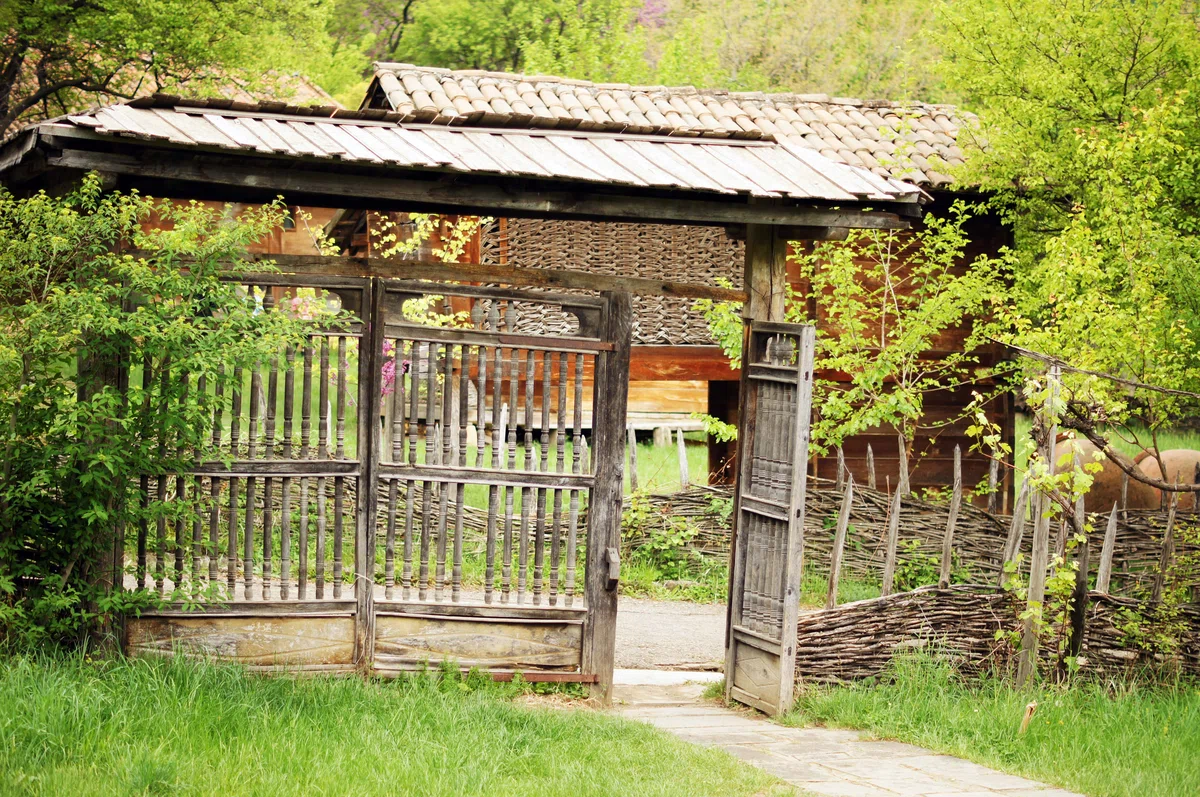
The most unusual museums in Georgia. Ethnographic open-air museum named after George Chitaya.
The open-air museum named after George Chitaya is quite unusual and different from others. In the 11 halls of this museum you will see installations of several different ethnographic zones. The museum has about seventy houses and outbuildings that convey the history of the country and represent different regions of habitation.
The author of the idea of founding the open-air museum was academician George Chitaya, who brought it to life. The museum represents a miniature model of Georgia and reflects its diverse ethnic culture: forms of settlement, monuments of folk architecture, material and spiritual culture, labor biography, creative thinking and aesthetic taste of the Georgian people.
The museum is a scientific and educational institution and a repository of natural, material and spiritual monuments of cultural heritage. Its territory (52 hectares) is divided into 11 historical and ethnographic zones, in which three main industrial and cultural areas are represented: plain of Eastern Georgia, lowland of Western Georgia and mountainous Georgia.
There are 70 dwelling houses and household constructions in the museum, which are represented by historical and geographic regions of the country - Kartli-Kakheti, Samtskhe-Javakheti, Guria Samegrelo-Imereti, Racha-Lechkhumi, Abkhazia, Adjara, Shida Kartli.
One zone is designed for historical and archeological monuments. There is exhibited a basilica Sioni V-VI centuries, and a dolmen from Abkhazia, dating back to II millennium BC, and a rich collection of relief tombstones. Along with works of architecture, the museum contains more than eight thousand exhibits of material culture: weapons and tools, household furniture, textiles, ceramics.
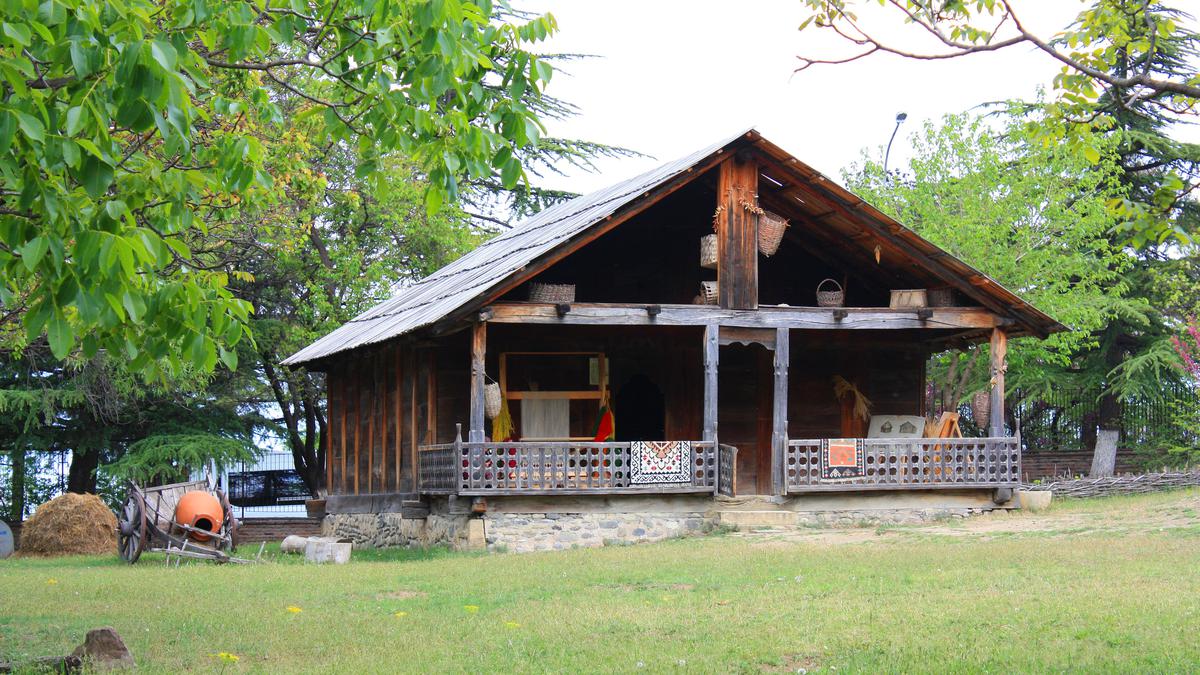










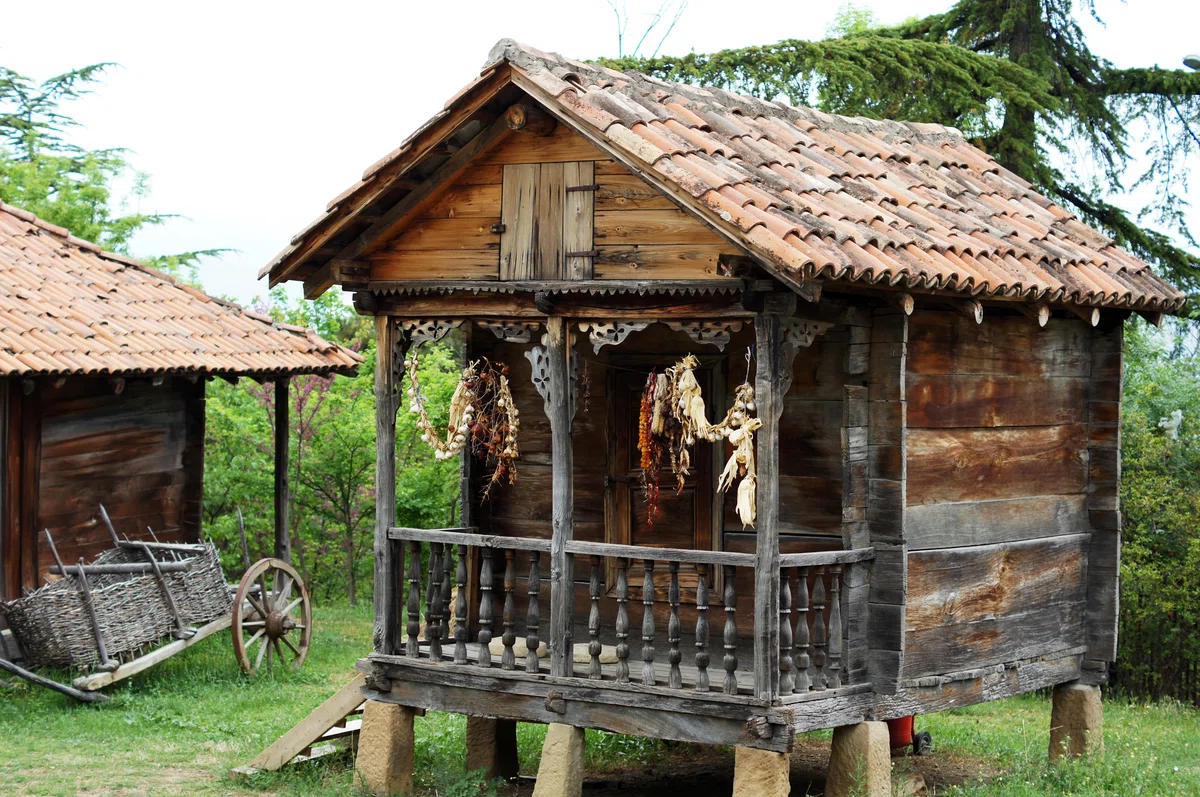

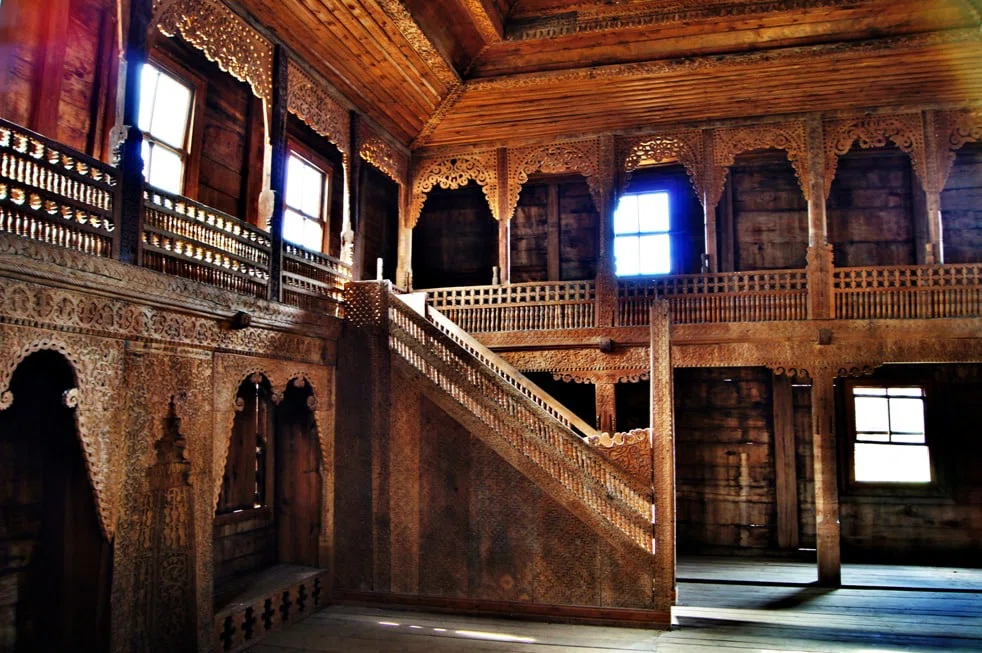
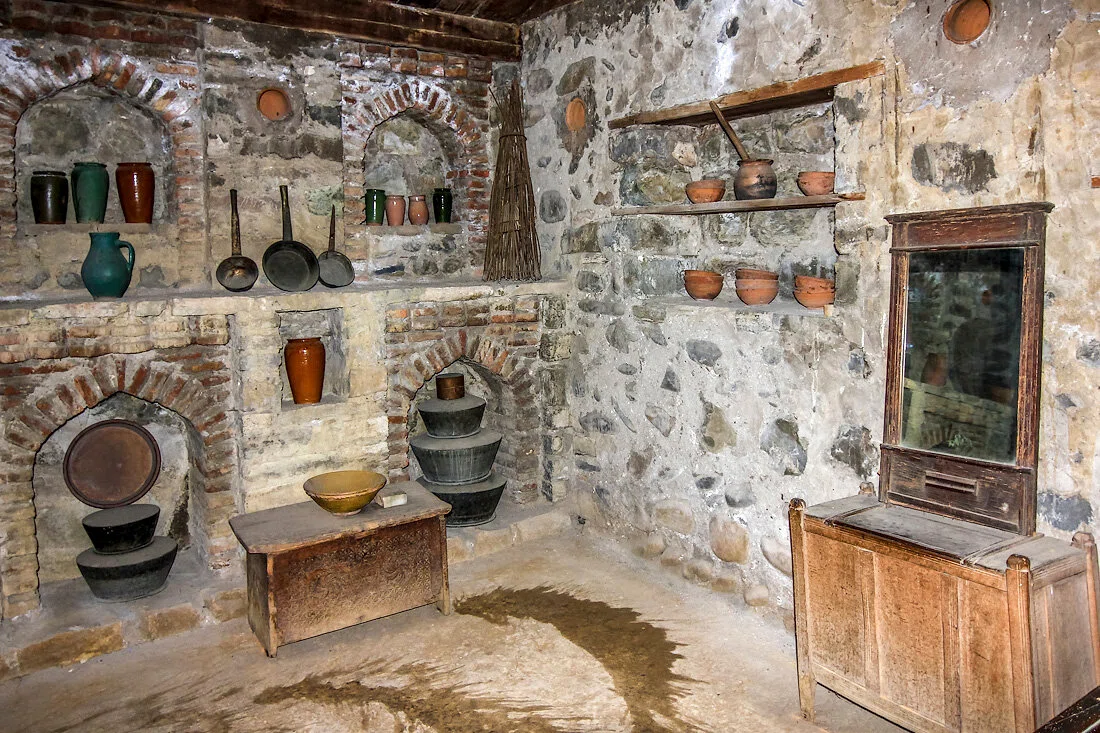


42 comments
Log in to leave a comment
Этот этнографический музей создан в 1966 году грузинским историком
этнографом Георгием Читаем. Отличие от других музеев в том ,что все
экспонаты перевезены из 14-ти исторический - географических регионов Грузии.
Они отражают быт, технологий и традиций народа. Работники музея
хорошо сохранили кухонный утварь, кувшины, табаки, казаны . Сохранены кровати,
колыбели, одежды. Местами воспроизведены хозяйственные постройки с сараями
амбарами, конюшнями.
Если турист хочет соприкасаться с историей Грузии узнать по ближе ее древний быт,
это место находка . В статье говорится что ещё есть экспонаты на стадий
реконструкций работниками музея. Так что это ещё не предел.